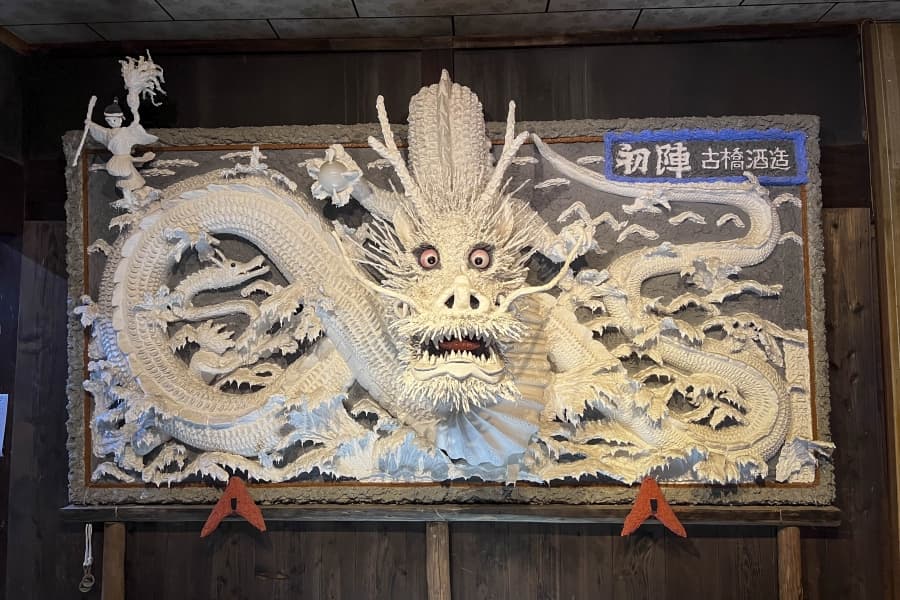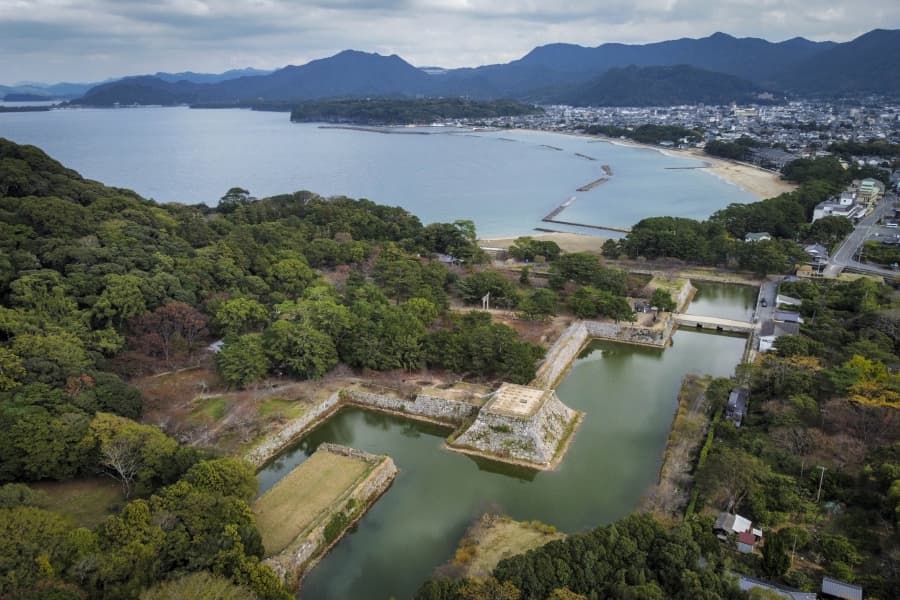SETOUCHI TOURS
Hagi
Hagi had a great impact on Japanese history in the early modern period.
Home » Hagi
Hagi
Hagi is a small city on the Japan Sea coast near the western end of Honshū. Despite its relatively isolated location, Hagi had a remarkable impact on Japanese history at the end of the feudal period and the early modern period. Its historical heritage is well preserved and there’s a great deal to see.
Most of Hagi is built on an island at the estuary where the Abu River splits into southern and northern branches, the Hashimoto and Matsumoto rivers. The city sits in a basin surrounded by mountains except for its northern edge, which is a sandy beach facing the Japan Sea. This picturesque location combined with the many old pine trees and historic buildings around the town make Hagi a very attractive place to explore.
History
In the Edo period, the area was the seat of the Chōshū Domain, where the Mōri clan ruled from their stronghold at Hagi Castle for 250 years. Always smarting from their defeat at Sekigahara in 1600, the Chōshū samurai long sought to overthrow the Shōgun, conspiring with other disfavoured domains, casting cannons and building warships in order to attack both the Shōgunate and foreign invaders. Chōshū played a major role in the Meiji restoration of the 1860s, and many leaders of the Meiji government came from Hagi, having been schooled in patriotic sedition by Yoshida Shōin at his tiny school named Shōkasonjuku.
What to see
Yoshida Shōin was executed at the age of 29 and he’s memorialised at the large Shōin Shrine located on the east of the city, built by prime minister Itō Hirobumi, one of Shōin’s students. Within the shrine grounds are the Shōkasonjuku school, the house where Shōin was kept under house arrest, and a waxwork museum documenting Shōin’s short, remarkable life.
Close to Shōin shrine is the Gunji foundry, a recreation of the place where the Chōshū produced their precious cannons. Further north is the Hagi Reverberatory Furnace where iron was smelted for casting the cannons. Two brick chimneys stand on a rise above a little bay. This bay is the site of Ebisugahana Shipyard where one of Shōin’s students built western-style warships.
To the west is Kikugahama Beach, with Mt. Shizuki at its western end. Hagi Castle was built at the base and the top of this small mountain, and its stone walls are still an impressive sight. Within the castle grounds are some attractive traditional buildings and stone features. The short climb up Mt. Shizuki affords dramatic views all over Hagi.
Southeast of the castle is the original castle town. On the northern edge of the castle town are many beautiful Buddhist temples of various denominations. Between these temples and the Hashimoto River is a maze of streets lined with ancient walls, concealing traditional old houses that belonged to samurai and merchant families. This hard to navigate area formed the southern ‘civil’ defences of the castle. In the gardens behind the walls you can still see the citrus trees planted by the samurai to supplement their often meagre income.
In the centre of Hagi is the Meirin Gakusha Visitor Centre, located in what was once the Meirin Elementary School, the largest wooden schoolhouse in Japan. This impressively ornate school was built on the site of the old feudal domain school. The Visitor Centre houses a fascinating museum documenting the history of Hagi and the Meiji Restoration. There’s also an excellent restaurant.
Hagi is also home to no less than six sake breweries.
Previous
Next
Information
Name in Japanese: 萩城
Pronunciation: hagi
Address: Hagi, Yamaguchi
Related Tours

2 Days
¥188,000
This tour visits major sights of Hiroshima, Yamaguchi, and Shimane prefectures, focusing on small historic cities and natural wonders.
